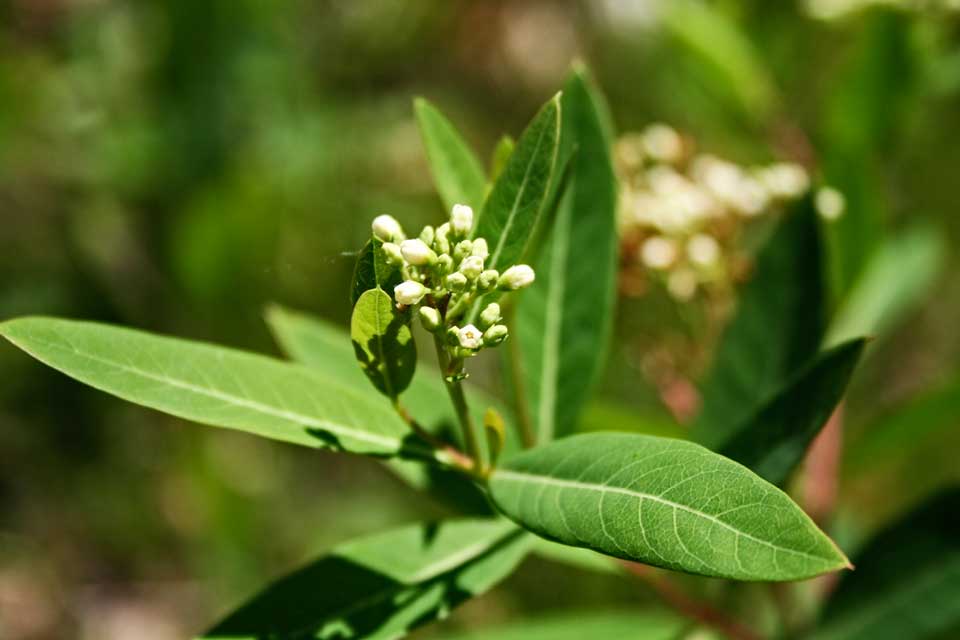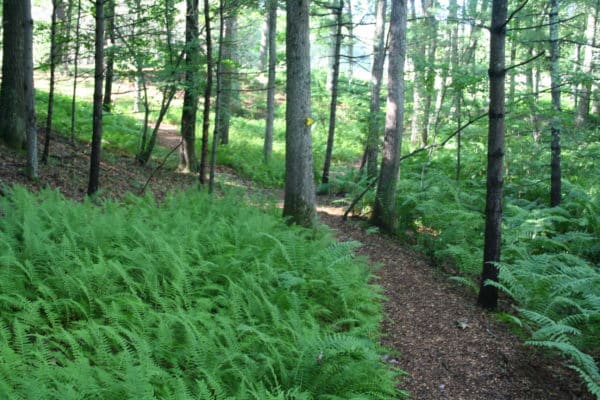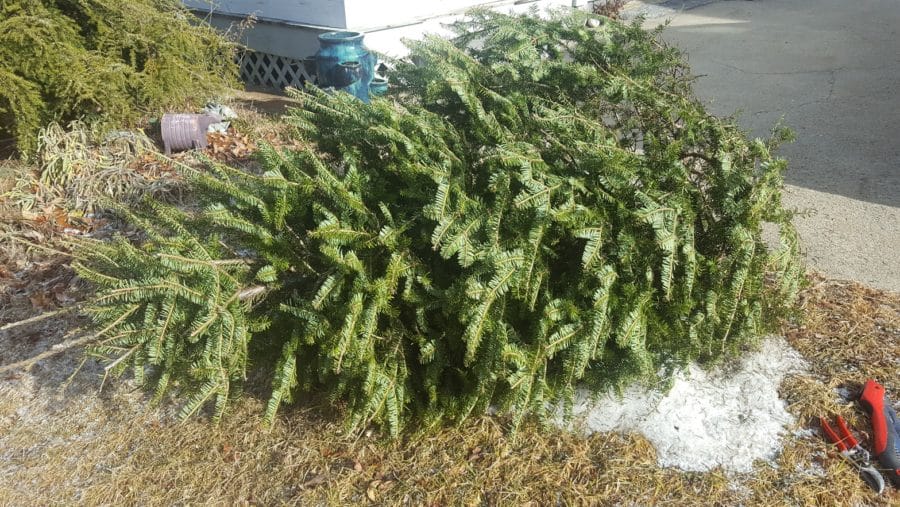Each year I generally know what to expect in the garden. I have worked here for so long, and planted so many different plants that I have a pretty good idea of what to expect to bloom, when it should bloom and where it is. I never get tired of the gardens at Norcross Wildlife Sanctuary because they can still surprise me. In an earlier blog I talked about the squirrel corn (Dicentra canadensis) blooming for the first time in years, this week it is the rose wakerobin (Trillium catesbaei). The rose wakerobin is a beautiful delicate pink flower that is held out above the leaves – it seems like it wants to nod, but the stem holds the flower above the leaves. It is one of the last wakerobins to bloom (we have almost 10 different species) and this week I was stunned to see it! It caught my eye as I was looking over the garden. I have been weeding out other wildflowers in this area to make room for some of the less aggressive wildflowers – and there it was, after five years of absence it is back! And then, I found it in the new beds down by the stream and the circle garden. I may have planted it years ago – but apparently I have overlooked it or it has been hiding from me. I am happy to see this beautiful plant back in our gardens.
It has been a very dry spring. One of the uncertainties of gardening is what the weather will bring. Will it be sunny and hot? Dry? Cold and damp? Who knows from year to year? This is one of the reasons that I garden with native plants. Although our climate is changing and our spring weather can be anything from cold and wet to hot and dry with a weird day or two thrown into the middle (90 degrees in April, hail in July) our native plants seem to be able to handle it. Plants of the northeast have evolved over thousands of years with the weather. Extremes can kill off those at the edges of their range, yet, like my surprises of the garden this year, they can also remain dormant until conditions suit the plant. These are also the plants that our wildlife expects to find – for food and shelter – because the animals have come to expect the plants that evolved here. So when you are planting your garden this year – add a few native plants, they are the ones that are meant to grow here.



